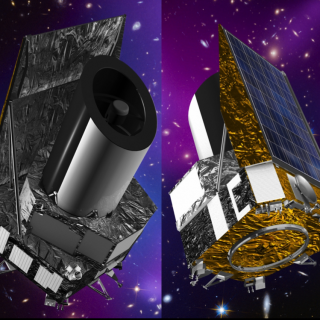The main goal of this project is to ensure the scientific and technical participation of IAC and UPCT in the ESA space mission EUCLID (Cosmic Vision Program) during the period 2016-2018. In particular, the spanish scientific participation includes researchers belonging to IAC, UPCT, IFCA, CAB, IFT, Univ. of Salamanca and CEFCA.
Currently, the NISP infrared instrument for the EUCLID mission has completed its preliminary design phase, and it is expected soon to receive official notification of overcoming this milestone.
Current work focuses on the development of the ICDR which is scheduled to submit the documents in December 2015 and will continue in the first quarter of 2016.
I) Participation in the payload of NISP for EUCLID: Completion of detailed design of the Electronic Control Unit (ICU) of NISP instrument, to be prepared for the ICDR; Manufacturing and qualification of structural and thermal model (STM), the engineering model (EQM) and electric model (EM) of the ICU; Manufacturing and qualification of structural and thermal model (STM), the engineering model (EQM), the flight model (FM) and spares (FS) of the ICU.
II) The participation in the Science Data Centers of EUCLID:
a) To develop algorithms for the cross-correlation of EUCLID photometric and spectroscopic data with external data with the goal to build reliable multi-wavelength catalogues;
b) To define the interface of virtual observatory for both external and internal data;
c) To develop algorithms for the measurement of the galaxy clustering in photometric and spectroscopic surveys including error analysis;
d) To develop algorithms for construction of catalogues of clusters of galaxies in the photometric and spectroscopic surveys, and for the determination of luminosities, richness and mass functions, and
e) To develop algorithms for determining the properties of high redshift galaxies by comparing their spectra with the model predictions.
III) To prepare for an efficient scientific exploitation of the EUCLID mission. Participating in the science groups of Cosmology (subgroups: galaxy clustering, CMB-cross correlation, clusters of galaxies) and Legacy (subgrupos de "Primeval Galaxies", "Milky Way", etc)


